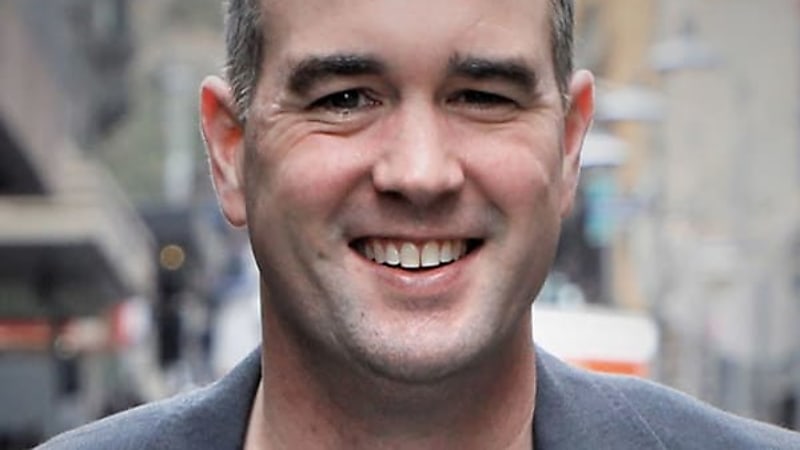'Two clear rails’ emerging in SMSF population
With two distinct groups of clients emerging in the SMSF space, a technical specialist has stressed the importance of professionals understanding the specific issues impacting each of these two demographics.
Speaking in a recent podcast, Smarter SMSF chief executive Aaron Dunn explained that within the SMSF client population, there are two core demographics with particular characteristics and needs.
On the one hand, Mr Dunn explained there is the younger demographic of trustees which account for the majority of SMSF establishments.
On the other hand, there is also the over 70 demographic whose balances account for a much larger proportion of the overall pool of the assets held in SMSFs.
“We’ve got two very clear rails of which we are dealing with clients,” said Mr Dunn
“Statistically, the average member balance of an SMSF member over 70 is in excess of $1.1 million. The median is around $550,000. For pension recipients that average balance is over $1.2 million. This age demographic of 70 and over accounts for 27.5 per cent of the member population but actually holds 43 per cent of all the assets.”
There is a stark contrast in the proportion of members aged 70 and over in SMSFs and those in APRA-regulated funds, he noted, with only six per cent of the members in APRA-regulated funds aged 70 and over.
The large proportion of assets held by the 70 and over age group in SMSFs means that succession and the orderly transfer of wealth are critically important issues for clients in this group, Mr Dunn stressed.
“The whole area of ageing SMSF clients is an enormous issue which is why we are constantly seeing issues around succession in SMSFs and wealth transfer. We’re seeing court cases looking at whether someone’s binding death benefit nomination was in play and whether the trust deed actually allowed for certain things to have occurred,” he said.
Specialist skills in this area are therefore becoming more important, particularly for SMSF professionals servicing clients in this demographic, he said.
Incapacity is another major issue impacting this particular group, he noted.
“There are currently 500,000 Australians currently living with dementia and it affects around one in 15 Australians aged 65 and over. There’s also been a 12.5 per cent increase in the rate of dementia since 2015,” he explained.
“So, this whole area of cognitive decline and how we’re dealing with succession in these types of funds is absolutely profound.”
Mr Dunn said SMSF professionals servicing these types of clients need to question whether this is an area of specialisation that they’re focusing on or whether they need to bring in other expertise to help.
In terms of the other major demographic in the SMSF population, trustees aged 50 and younger, Mr Dunn said a reduction in administration and servicing costs is making SMSFs a more viable option for this age group in some cases.
“The SMSF Association did some research some time ago which quashed the notion by ASIC that it costs around $13,000 to be able to run an SMSF and we’ve seeing that number lower further,” he said.
He also noted that this demographic have had compulsory super all of their working lives, in some cases building quite substantial balances.
Based on the latest ATO statistics from September, the under 50 age group now account for 62.6 per cent of all SMSF establishments.
With this particular age group tending to be more technology savvy, Mr Dunn said younger trustees are more likely to set up their fund through digital platforms rather than through the traditional advice channels which could potentially pose some risks for the regulator.
SMSF professionals, he said, may want to take the time to understand the profile of their own client base and the services they require.
“[For example], you might have a much older demographic. Is there an area of specialisation and focus that you can achieve by working with other firms or do you need [to review] your approach and business model?” he explained.








